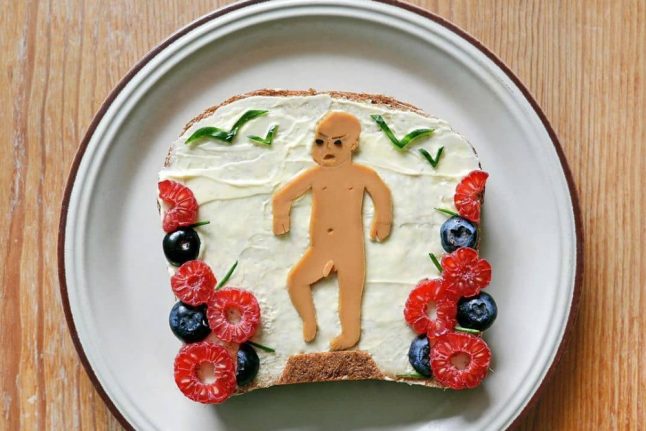Aimed at a younger audience who may not – yet – be interested in art, the challenge has been set to find new ways to look at Vigeland's art by using hashtags one would may not normally associate with the artist or Norwegian sculpture.
The user-generated content can be anything from street art, food art, digital art, oil paintings, watercolours, poetry, manga, mandalas, papercuts, GIF animations and even tattoos.
With contributions already in the hundreds after the first two weeks of the campaign, organizers hope to show that Vigeland's art is still very topical in 2019, and still inspires many around the world.
Entries have not just been received from Norway — amateurs and professional artists from the Netherlands, Austria, Italy, France, Poland, Portugal, Chile, Russia and the United States have all contributed.
A skeleton juggling babies and a Sinnataggen made from iconic Norwegian sandwich topping brunost (brown cheese) are among the most creative efforts seen so far, while a surrealist fountain and a Star Wars inspired monolith may be the weirdest.
The campaign is organised by Kulturetaten, the Agency for Cultural Affairs in Oslo, in partnership with the Vigeland Museum. It will last until the end of June and you can find contributions – and submit your own – by using the hashtag #InspiredbyVigeland, or on the Oslo culture council’s Instagram feed.
READ ALSO: Miniature of Norway's Sinnataggen sells for 1.6 million kroner



 Please whitelist us to continue reading.
Please whitelist us to continue reading.